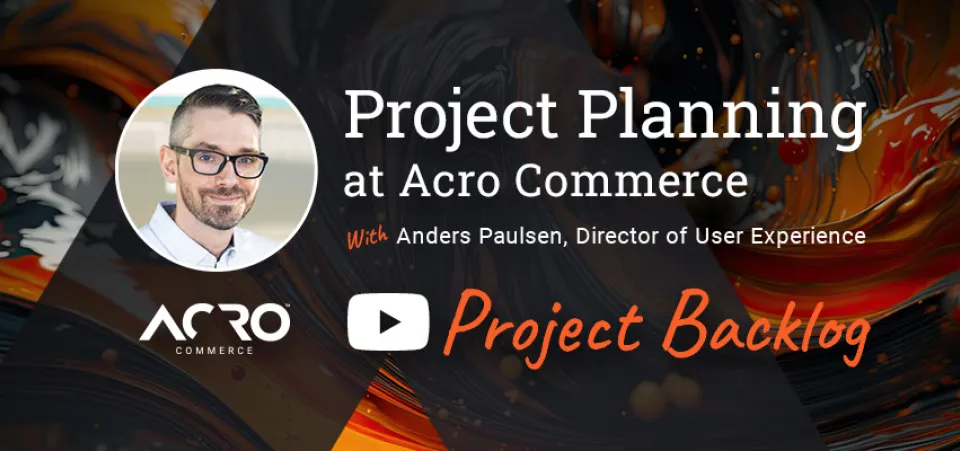
Posted in Consulting, Digital Commerce, Digital Transformation, Experience Design, Software & Development
August 7, 2024

Posted in Consulting, Digital Commerce, Digital Transformation, Experience Design, Software & Development
August 7, 2024
Loading...